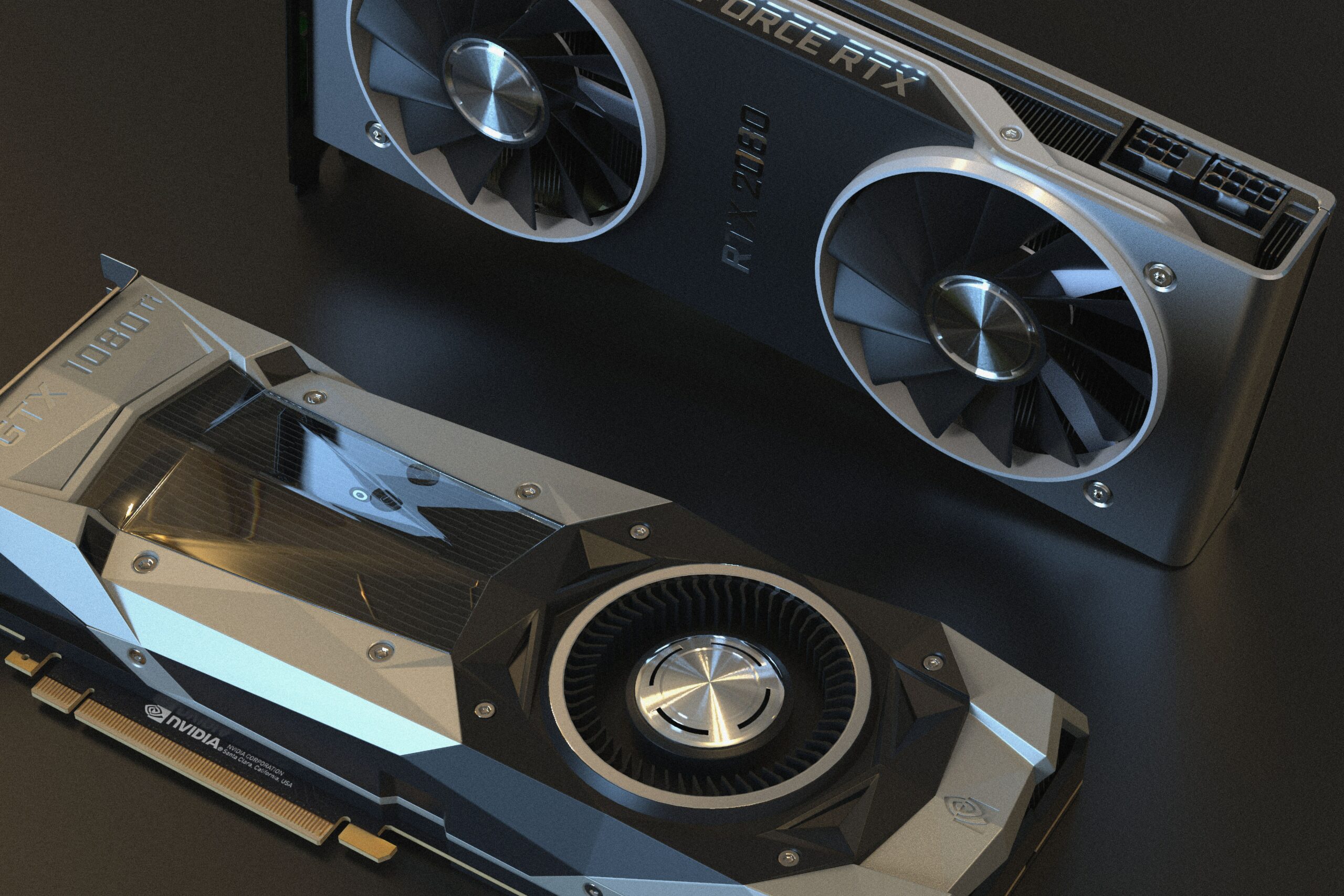It is pretty obvious why choosing between an AMD GPU versus Nvidia GPU matters, but when you start picking a particular brand, it is not so obvious. AMD and Nvidia hardware is so similar that it simply does not matter which you purchase. Even if you do not think it matters which GPU maker you pick, the difference in pricing between AMD and Nvidia might make you rethink that. For certain GPU models, this really does make a difference, but for most scenarios, if you are spending over $50 more for another brand, then it is just not worth the effort.
All different card manufacturers source their GPUs from the same places, NVIDIA and AMD. All the different card manufacturers have the same place where they get the graphics cards. The differences between brands of the same graphics cards are just companies putting chips onto PCBs. The memory brands may differ among cards, typically, Hynix or Samsung are the desired chips.
Sometimes these reference-design cards are sold direct from Nvidia (or, less frequently, AMD). Depending on the graphics chip in question, these board partners might sell their own, custom-branded versions of the reference cards (following the designs and specifications established by AMD or Nvidia), or they would make their own bespoke products, featuring different fan designs, minor overclocking done at the factory, or features like LED-based ambient lighting. Meanwhile, both AMD and NVIDIA ship their PCB (printed circuit board) designs out to third-party companies specializing in making video cards, such as XFX, ASUS, Gigabyte, MSI, Sapphire, Evga, and many others. You see, although NVIDIA and AMD sell their chips directly to electronics manufacturers to be included in all sorts of things, ranging from laptops and desktops, gaming consoles, cell phones, and even cars, they also sell to third-party graphics card manufacturers like EVGA or Sapphire.
That is, NVIDIA and AMD make and sell GPUs to companies, which are then free to customise any of the above aspects of a graphics card however they want, without changing the GPU itself at all. If two cards in the same NVIDIA or AMD product line are the same model, can fit into your PCs chassis, and connect to your motherboard, then there will not be any major differences in the way that they render your games. The standard AMD and NVIDIA cooler designs are not going to give you the best possible performance that can come out of the GPU chips that are used, particularly if you are just looking at the market for single graphics cards, and you do not want the blower setup. In terms of gaming performance, the Nvidia GPU is probably a better choice, but you also cannot go wrong with the AMD card.
Sometimes the brand makes little difference, and while they are the same brand, some people end up with cards that are harder to overclock, and are stronger than others.

